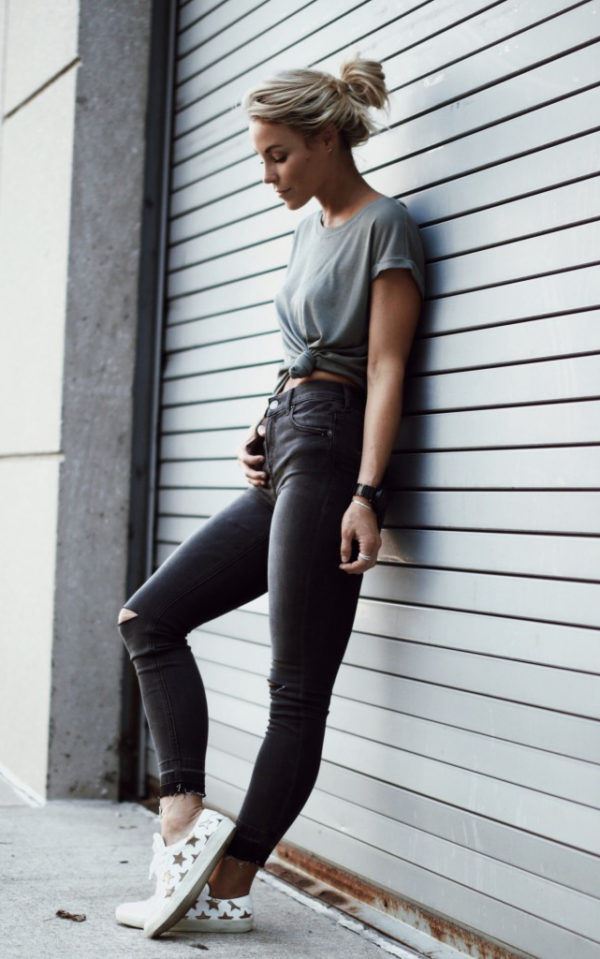Indonesia’s Islamic fashion industry has long been revered for its exquisite designs, vibrant colors, and cultural richness. However, beneath the glimmer of sequins and elegance lies a harsh reality: the exploitation of female workers who labor tirelessly to bring these creations to life. In this exposé, we delve into the hidden world of the women behind the scenes, shedding light on their struggles, aspirations, and the urgent need for change.
At the heart of Indonesia’s Islamic fashion industry are countless female workers, many of whom toil in cramped, dimly lit workshops for meager wages. These women, often from marginalized communities, form the backbone of the industry, yet their voices are seldom heard amidst the cacophony of fashion shows and marketing campaigns.
For these workers, the journey begins long before the runway lights illuminate their creations. In remote villages and urban slums, young girls are often recruited into the industry, lured by promises of steady income and economic independence. However, the reality they encounter is far from the idyllic image painted by recruiters.
Once ensnared in the system, these women find themselves trapped in a cycle of exploitation. Long hours, unsafe working conditions, and verbal abuse are all too common in the workshops where they spend the majority of their days. Many endure physical ailments from repetitive tasks, while others face discrimination and harassment from their employers.
Despite these challenges, these women persevere, driven by a fierce determination to provide for their families and carve out a better future. They possess a wealth of talent and skill, honed through years of practice and dedication. Yet, their contributions often go unnoticed, overshadowed by the glamour of the finished product.
Moreover, the gender disparity within the industry exacerbates their plight. While women make up the majority of the workforce, they remain underrepresented in leadership positions and decision-making roles. This lack of female empowerment perpetuates a cycle of exploitation, leaving women vulnerable to exploitation and abuse.
But amidst the darkness, there are glimmers of hope. Grassroots organizations and advocacy groups are working tirelessly to empower female workers and amplify their voices. Through education, training, and legal advocacy, they seek to uplift women from the shadows of exploitation and ensure their rights are protected.
Additionally, consumer awareness and ethical sourcing initiatives have the power to drive meaningful change within the industry. By supporting brands that prioritize fair labor practices and transparency, consumers can demand accountability from manufacturers and create a more equitable fashion ecosystem.
Ultimately, the exploitation of female workers within Indonesia’s Islamic fashion industry is not a problem isolated to a single country or culture. It is a symptom of a larger systemic issue rooted in inequality and exploitation. Only through collective action and a commitment to justice can we hope to dismantle these oppressive structures and build a more inclusive and equitable future for all.
In conclusion, the glitter of Indonesia’s Islamic fashion conceals a harsh reality of exploitation and inequality. The women behind the scenes, though often unseen and unheard, are the true artisans and architects of this industry. It is imperative that we recognize their contributions, amplify their voices, and work towards a future where all workers are treated with dignity and respect.



